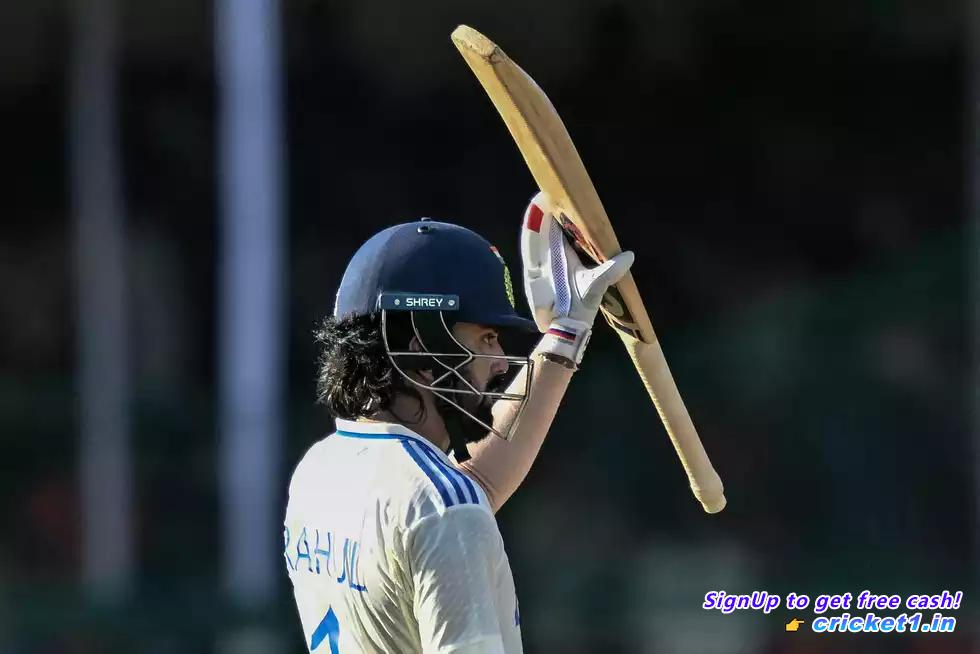
As the clouds parted to reveal the sun over Green Park on Monday, the scene was set for an intensified display of cricket from Team India as they sought to seize a victory in the remaining two days of the Test match. The strategy was clear: India had chosen an aggressive route to push for a decisive result. Their intent was noticeable from the outset of the day’s play.
The initial thrust came in the opening thirty minutes, where India adopted a classic attacking approach directed towards the line outside the offstump, supported by a four-man slip cordon. This traditional method was soon complemented by more audacious maneuvers. An hour in, Mohammed Siraj bowled a short and sharp delivery, challenging Mominul Haque with a bouncer that followed two previous boundary-striking bumpers. Rohit Sharma’s tactical move of placing two short mid-wickets underscored India’s determination, even when the pitch offered little pace or bounce for exploitation.
Each of the 514 balls delivered was imbued with an attacking spirit, but the highlight perhaps came when Rohit Sharma launched Khaled Ahmed for six to ignite his innings. By the day’s conclusion, it was evident, even from Mehidy Hasan’s acknowledgment, that India had adopted a bold and proactive stance. This was a premeditated gamble that left Bangladesh struggling to catch up, and by the time they had grasped India’s game plan, Rohit Sharma and Yashasvi Jaiswal had already amassed two sixes and four boundaries between them.
In swift succession, records fell. The match saw the fastest 50, followed by the fastest 100, 150, 200, and even 250. It was a blend of T20 audaciousness in a Test match setting, with India blitzing at a formidable rate of 8.22 runs per over—well beyond the stylized aggression of England’s Bazball. This wasn’t about preserving the sanctity of Test cricket at Green Park; it was about squeezing every drop of opportunity afforded by the challenging conditions in Kanpur to secure a spot in India’s third consecutive World Test Championship final.
With the opening three days truncated by rain, yielding only 35 overs where Bangladesh managed 107 for 3, India faced the uphill challenge of claiming 17 more wickets on a pitch offering neither spin nor seam before chasing a competitive total. But with critical championship points on the line, India capitalized on the fleeting chance. “Our message this morning was clear,” stated Morne Morkel, India’s bowling coach.
. “We aimed to show that positive intent was key, especially with two days lost, and I thought the team exhibited this with remarkable precision.”
From the first delivery to the last, India maintained a consistent level of aggression. They adopted a high-risk strategy, sometimes allowing runs to claim wickets, or in pursuit of swift runs, risking the loss of wickets themselves. Despite a slender margin of 52 runs separating the sides by the innings’ end, it was evident that India was dictating the tenor of the match.
Whenever the focused stump-line failed to yield breakthroughs, Rohit Sharma remained proactive, employing unconventional field settings and drawing the batsmen into uncomfortable scenarios. Despite some resistance from Mominul Haque, who navigated India’s short-ball strategy with adept pulls and sweeps, the Indian attack remained relentless. Mehidy Hasan Miraz partnered with Mominul to offer resistance, but Jasprit Bumrah’s spell broke the partnership and set the series of events leading to the innings’ conclusion.
Morkel also praised the fielders’ grit under testing conditions, noting, “To show support, especially under heat, boosts the bowlers. Special catches, like Rohit’s at mid-off, were crucial. You always have to be ready, as wickets were scarce and taking chances essential.”
India’s assertive strategy was further compounded by lapses from the Bangladeshi side, with missed fielding opportunities and errors in judgment, notably when Bangladesh failed to appeal for a nick off Rohit, allowing him four additional runs, and Khaled Ahmed’s botched run-out attempt on Virat Kohli, which afforded the former skipper a significant innings boost.
Trailing into the final day’s play, with just 26 runs and two wickets separating the teams, the contest remains finely balanced. However, differing philosophies underlie their respective approaches. While India’s aggressive gameplay has been undisguised, Bangladesh may pivot their strategy. Mehidy Hasan Miraz declared, “Strategizing for victory takes time, and securing our position is crucial. Tomorrow, we’ll aim to consolidate our position, but we’re not discounting a pursuit of victory.”
Amidst India’s dominance and Miraz’s cautious outlook, the Kanpur Test is perched delicately, with both teams poised for a compelling conclusion.

